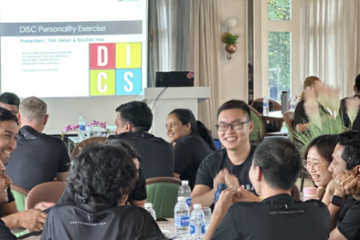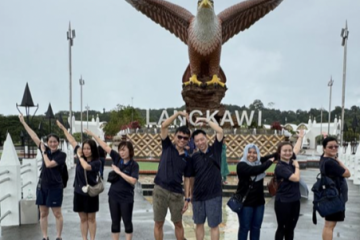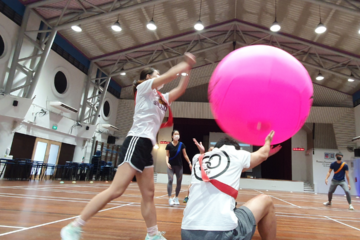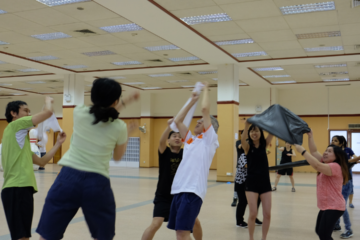Benefits of Outdoor Team Building Retreats
Outdoor team building retreats offer unique advantages that indoor activities often cannot match. These experiences allow teams to step out of their usual environment, fostering creativity and collaboration in a natural setting. Engaging in outdoor challenges encourages team members to bond over shared experiences, enhancing their interpersonal relationships and overall team dynamics.
Research shows that outdoor activities can significantly reduce stress and improve mental well-being, leading to increased productivity back at the office. For instance, activities like hiking, obstacle courses, and team sports not only promote physical health but also stimulate problem-solving skills and communication, making them invaluable for corporate teams looking to strengthen their cohesion.
How to Choose the Right Team Building Activity for Your Organization
Selecting the appropriate team building activity is crucial for achieving desired outcomes. Consider factors such as team size, objectives, and the personalities of team members when making your choice. Activities should align with your organization’s culture and the specific goals you aim to achieve, whether it’s improving communication, enhancing trust, or fostering creativity.
For example, if your team values creativity and innovation, consider activities that encourage brainstorming and collaboration, such as design thinking workshops or escape room challenges. On the other hand, if your primary goal is to enhance communication skills, interactive workshops or role-playing exercises may be more suitable. Tailoring the experience to your team’s needs ensures maximum engagement and effectiveness.
Measuring the Impact of Team Building Activities on Performance
Understanding the impact of team building activities on workplace performance is essential for justifying investments in these programs. Organizations can measure outcomes through various methods, such as employee surveys, performance metrics, and team feedback sessions. These evaluations help identify improvements in collaboration, morale, and productivity following team building events.
For instance, companies that conduct pre- and post-event assessments often find significant increases in employee satisfaction and teamwork efficiency. By tracking these changes, organizations can refine their team building strategies and ensure they are meeting the evolving needs of their workforce, ultimately leading to a more cohesive and productive environment.
Trends in Team Building: What to Expect in the Future
The landscape of team building is continuously evolving, influenced by changes in workplace culture and technology. Emerging trends include virtual team building experiences, gamification, and a greater emphasis on mental health and wellness. As remote work becomes more prevalent, companies are seeking innovative ways to engage their teams, often leveraging technology to create immersive and interactive experiences.
Additionally, there is a growing focus on inclusivity and diversity within team building activities. Organizations are increasingly recognizing the importance of creating environments where all team members feel valued and included. This shift is leading to the development of tailored programs that address the unique needs and preferences of diverse teams, ensuring that everyone can participate and benefit from team bonding experiences.
























